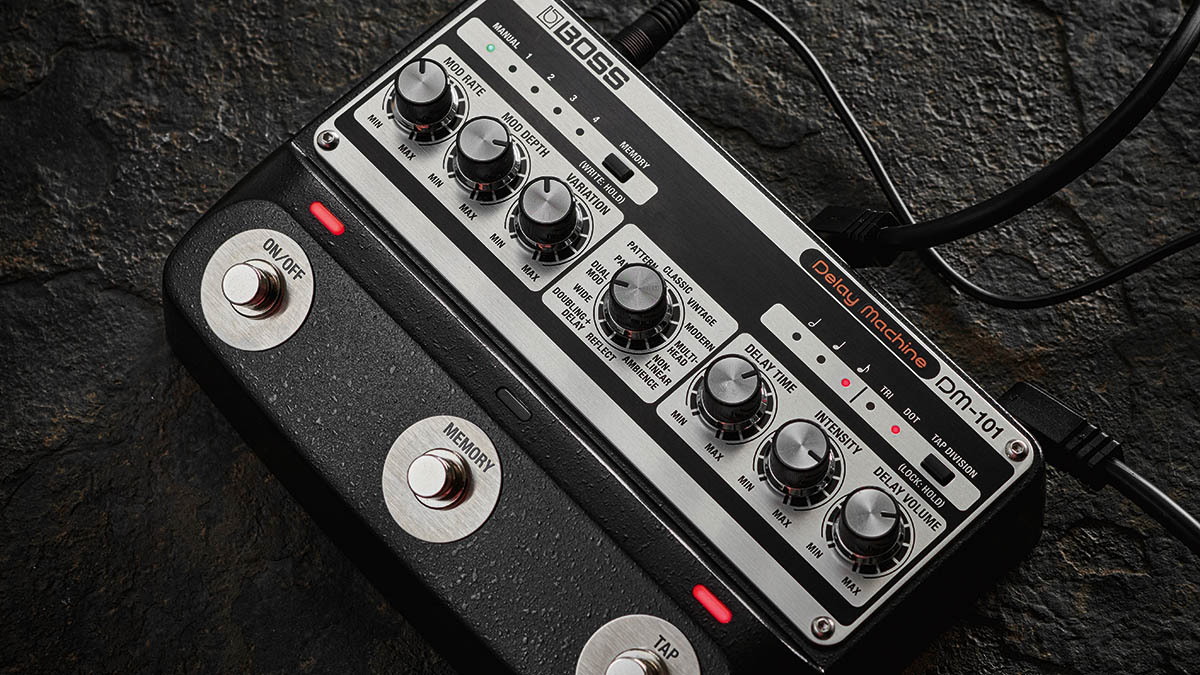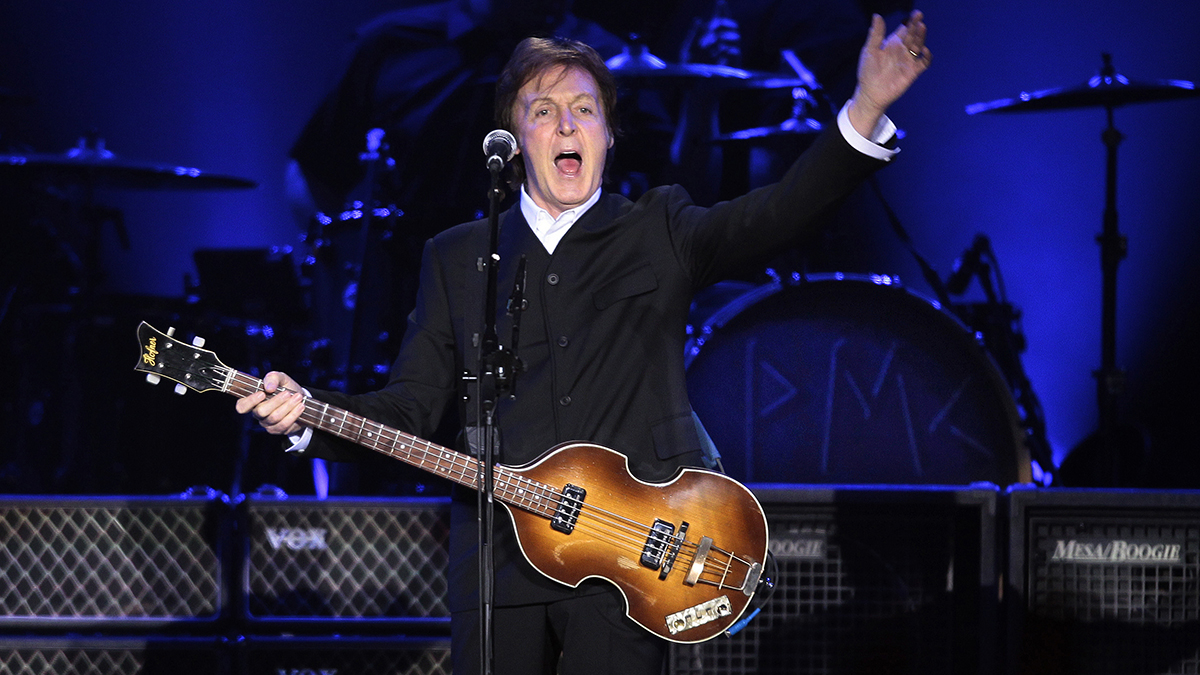Guitar World Verdict
The DM-101’s true analog delay effects are in a class of their own when it comes to expressiveness and musicality, further enhanced by the power and versatility of its CPU-controlled design.
Pros
- +
Zero noise but totally faithful analog delay sounds.
- +
Huge array of delay types.
- +
Plenty of control over your sounds.
- +
Caters for the everyday and the experimental.
- +
Stereo.
Cons
- -
It is expensive, but you get what you pay for.
You can trust Guitar World
There’s a certain je ne sais quoi about real analog delay that every guitarist should experience and that even today’s best digital models can’t quite replicate.
Featuring eight true analog bucket brigade chips, the Boss DM-101 Delay Machine is billed as the “ultimate analog delay pedal,” and after spending a few days bathing in the glory of its lush, expressive analog textures combined with the versatility of its digital CPU control, I’m inclined to agree with Boss’s assessment.
Providing 12 different delay modes, up to 1200 milliseconds of delay time, 127 presets and more, the Boss DM-101 rivals the capabilities of many digital units in its price range, but with the distinct advantage of its alluring analog sound.
Features
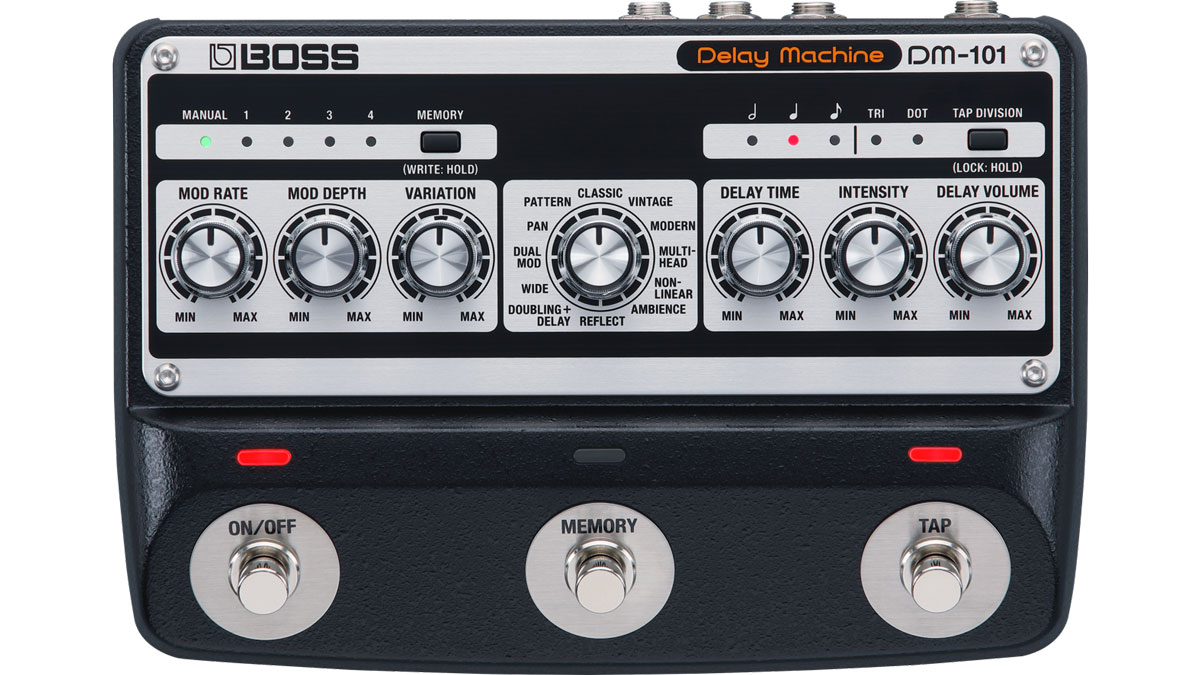
The DM-101’s footprint is about the size of an iPad Mini, making it a little larger than the average stomp box. Its seven control knobs are arranged in a straight line along the top panel, making it easy to comfortably tweak the controls (which, trust me, is something you’re going to enjoy doing often).
The main delay controls for Delay Time, Intensity (repeats/feedback) and Delay Volume (wet/dry mix) are located on the right while the modulation section controls for Mod Rate, Mod Depth and Variation (a multi-function control that depends on which mode is selected) are on the left. In the center is a rotary switch for selecting the 12 modes.
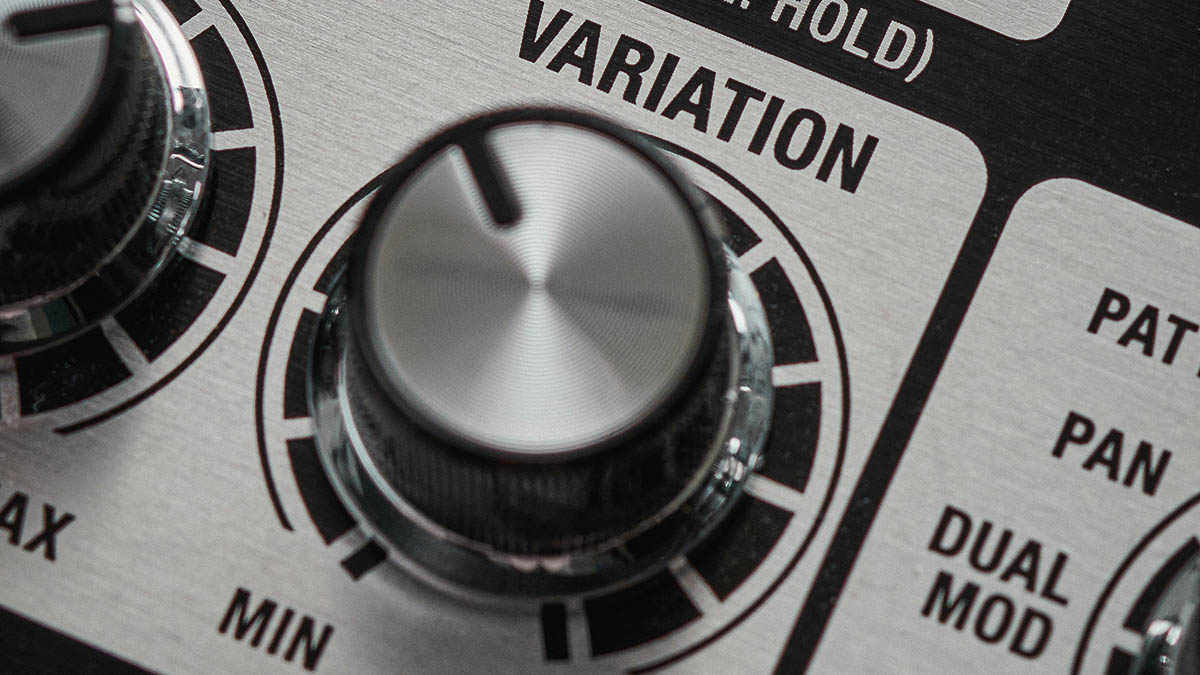
Six mono modes consist of Classic, Vintage, Modern, Multi-Head, Non-Linear and Ambience settings, while the remaining six stereo modes consists of Reflect, Doubling + Delay, Wide, Dual Mod, Pan and Pattern settings.
The Memory switch above the modulation section accesses four presets or manual mode, and the Tap Division switch accesses half, quarter, eighth, triplet and dotted note divisions. Three footswitches control On/Off, Memory and Tap tempo functions.
All the latest guitar news, interviews, lessons, reviews, deals and more, direct to your inbox!
The rear panel provides a mono ¼-inch input, two ¼-inch outputs for mono or stereo output, a ¼-inch controller jack for accessing preset memory with an optional footswitch or controlling assignable parameters with an expression pedal, 1/8-inch MIDI In and Out jacks and a micro B USB port (for loading system updates).
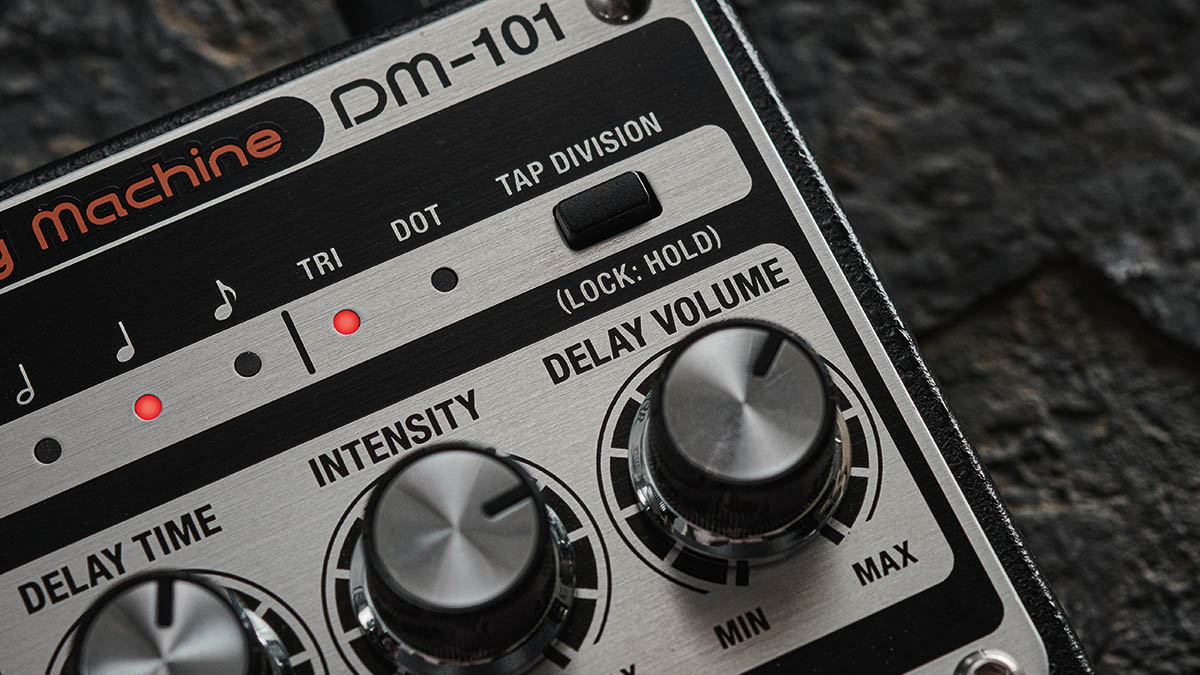
Performance
The DM-101’s minimum and maximum delay times depend on which mode is selected, ranging from 40-1200ms in the Classic setting to 10-300ms (Vintage) and 35-190ms (Non-Linear – a reverse delay effect). The variety of effects is quite impressive, ranging from simple spanky slap backs to sophisticated textures with complex modulation and polyrhythmic qualities.
Thanks to the versatile modulation section, users can dial in lush analog chorus effects as well as any variety of classic analog pedal and tape delay tones. The delay tails are thick, rich, animated and even animalistic, with a musical quality and evolving dynamics that digital technology just can’t duplicate.
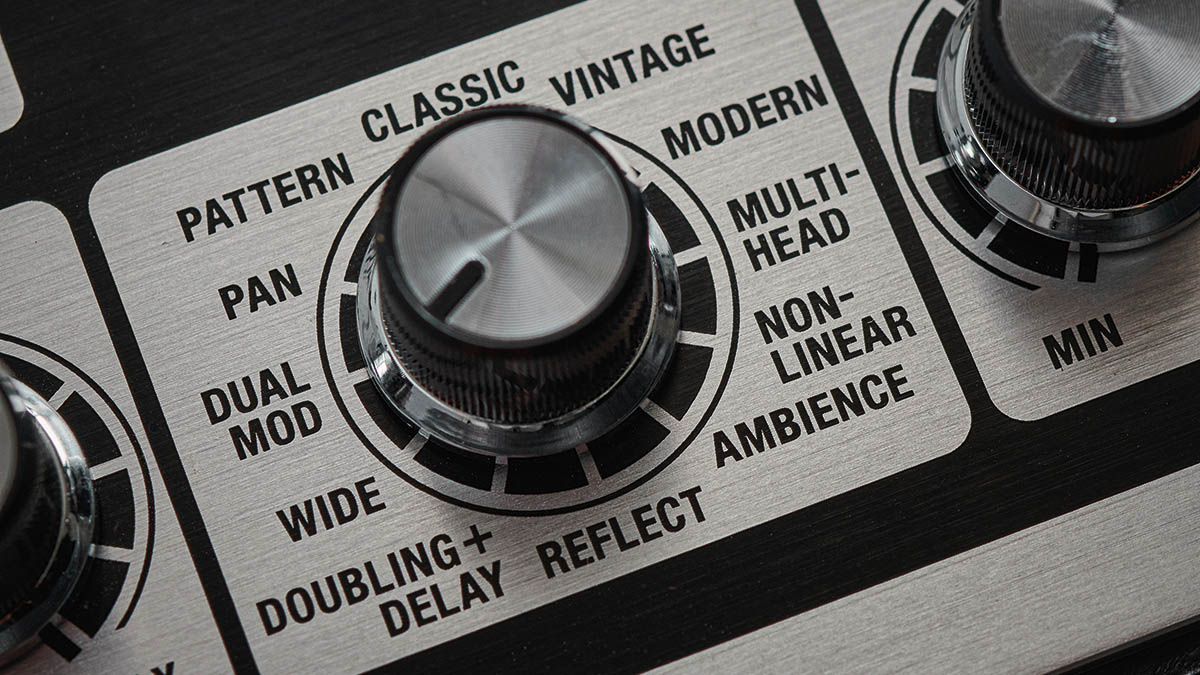
Although the controls lack the precision of a digital unit – there’s no millisecond display or any display at all for that matter – it’s refreshing to be forced to rely on one’s ears when programming the unit.
Since the DM-101 is truly analog, the controls function as instruments unto themselves. The way that the delays morph into feedback with the Intensity cranked and howl and growl while sweeping the Delay Time knob is a revelation of expressive beauty – dub, electronic and prog enthusiasts take note.
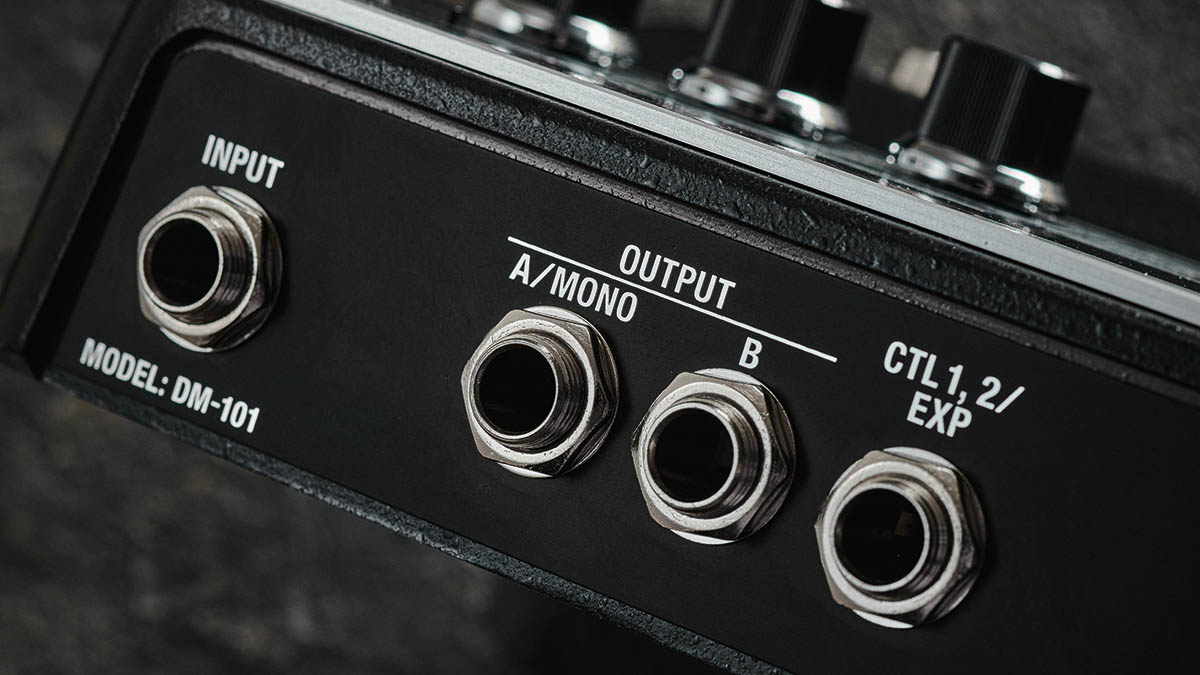
One vintage analog “feature” that is missing is the noise. While the delay tails can certainly deliver the grit, grunge and dark depths that analog enthusiasts adore, the constant hiss and sizzle of yesteryear’s less-than-stellar noise specs is non-existent.
This is the most pure and pristine example of analog delay that this reviewer has ever experienced, and it is worth the price of admission alone. Add in the unit’s outstanding versatility and wide range of effects from classic to adventurous, and the DM-101 lives up to its “ultimate analog” billing.
Specs
- PRICE: $499 / £449
- TYPE: Analogue multi-mode delay pedal
- CONTROLS: Modulation Rate, Modulation Depth, Variation, Mode selection, Delay Time, Intensity, Delay Volume, Tap Division button, Memory button, On/Off footswitch, Memory Footswitch, Tap-Tempo footswitch
- DELAY TYPES: Classic, Vintage, Modern, Multi-Head, Non-Linear, Ambience, Reflect (stereo), Doubling Delay (stereo), Wide (Stereo), Dual Modulation (Stereo), Pan (Stereo), Pattern (Stereo)
- FEATURES: Tap tempo, MIDI in and out via mini TRS (127 memory + manual presets), expression or footswitch pedal input, Micro USB for program update
- BYPASS: Buffered
- Power: 9V (PSU included, 260mA current draw)
- Contact: Boss
Chris is the co-author of Eruption - Conversations with Eddie Van Halen. He is a 40-year music industry veteran who started at Boardwalk Entertainment (Joan Jett, Night Ranger) and Roland US before becoming a guitar journalist in 1991. He has interviewed more than 600 artists, written more than 1,400 product reviews and contributed to Jeff Beck’s Beck 01: Hot Rods and Rock & Roll and Eric Clapton’s Six String Stories.
